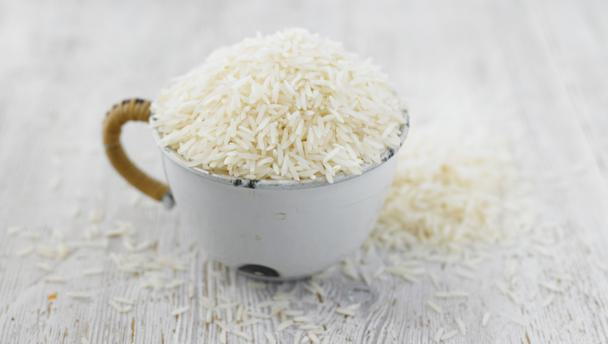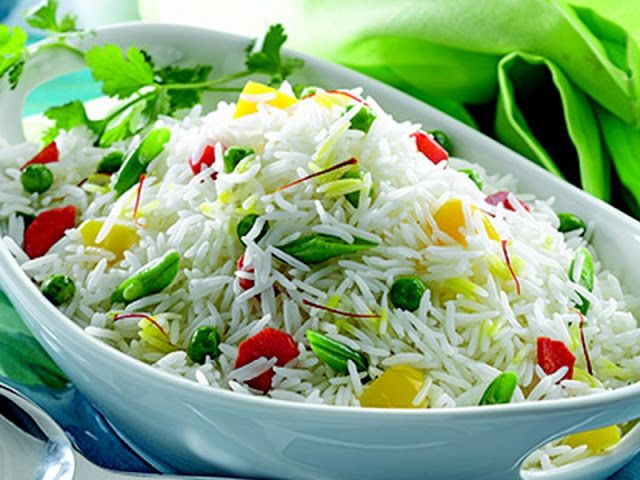There are few things in our everyday life that make us take special notice. The aroma of Basmati rice is a special mention on that list. The silken long grain has an aroma to die for!
India caters to around 65 percent of the world market in this segment. Clearly, we must know our rice. Or do we? Remember the walk through the rice aisle of the super market? You have Basmati and then you have, basmati attached to words like ( Tibar, Mogra.. ) If you were like me, mistaking them for “types” of basmati, we both need to pay more attention to what is written next.
Those words only indicate the length of the grain, as a result of the processing the rice goes through. So, yeah, not a type of Basmati.
But that does not mean only a single type of Basmati is grown, of course. So we thought, why not explore the aromatic fields of this rice.
Basmati can be categorized into:
The Traditional and the modern (The engineered, keeping in mind the needs of today)
The traditional varieties are fast fading and are dying a slow death, due to lower yield and the fact that they are very expensive. They are not beneficial to the farmers, so there may not be a lot of traditional basmati still left in the market when it’s our grand grand children’s turn to try out the Biryani. All the same, they merit mention.
The following two traditional varieties are still quite popular in this segment.
HBC 19 Or Taraori
This is a traditional variety that is grown in Haryana. This rice is also called Taraori Basmati, named after the city of Taraori, in Haryana. This place is known for its most fertile land in all of Haryana and so it must not come as a surprise when we tell you this place has a worldwide reputation for its Basmati Rice and exports worldwide.
Basmati 370
This is also a traditional variety of grown in India and Pakistan as well. It is known for its classic aroma, which is hard to replicate in the engineered ones. Hey, what’s real is real.
Coming to the engineered variety, we have the
Pusa Basmati – 1
The term “engineered” has a negative vibe to it, meaning, it’s not authentic, meaning there is something better. But, in this case, this variety, engineered in the early 1990s was a savior for basmati farmers all over the country. Pusa Institute developed this variety through R&D and also lent the variety its name. It has higher yield and is much lesser hassle than the traditional varieties.
This variety was what changed the entire basmati market from being a hard entrant into markets to being a welcome entrant. So, here the engineered guy is the good guy. He makes livelihoods happen.
Pusa 1211 Basmati
This one, came into being in 2003, again a doing of Pusa institute. This was another blessing the farmers received because; this rice is the longest grain in the world and has a pleasant sweet taste and noticeably great aroma. That’s all the frills, still. What is more important is the fact that it has the highest yield as well.
Because it wasn’t hassling like traditional varieties but still had that distinctive taste and aroma and the ridiculously long grain, it is favored in international markets.
To round it all up, Basmati is slender and intricate. The more you know, the better you eat. So a comparison isn’t avoidable.
The traditional varieties of basmati are superior in taste and aroma but the engineered varieties cook much faster, they are much fluffier and give more volume and the grain is longer. They might be a little compromising on the aroma, maybe but definitely a huge tick against all the other boxes.
There are of course many, many more varieties of out there, but to draw a distinction between the traditional and the engineered ones, we took a few popular ones to compare.
May all your food be blessed with aroma like basmati’s. Amen.
Comments
Powered by Facebook Comments




